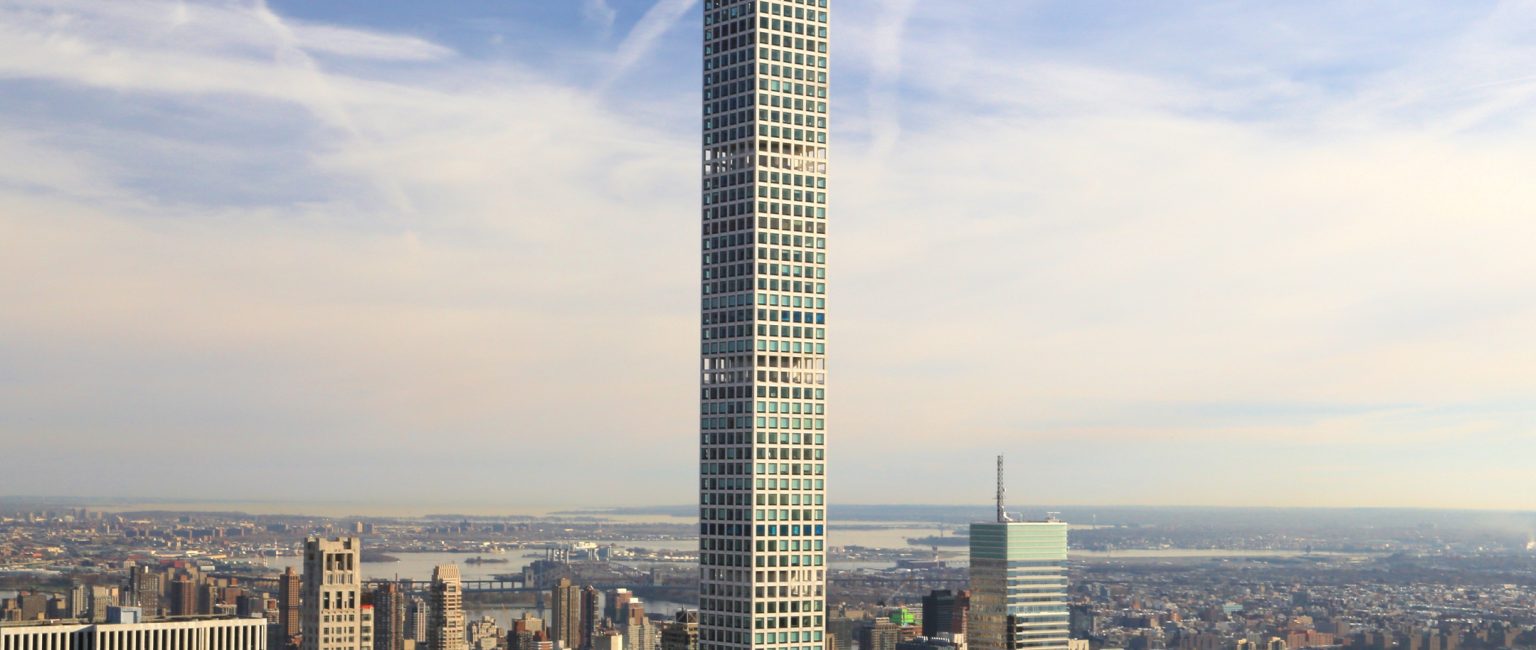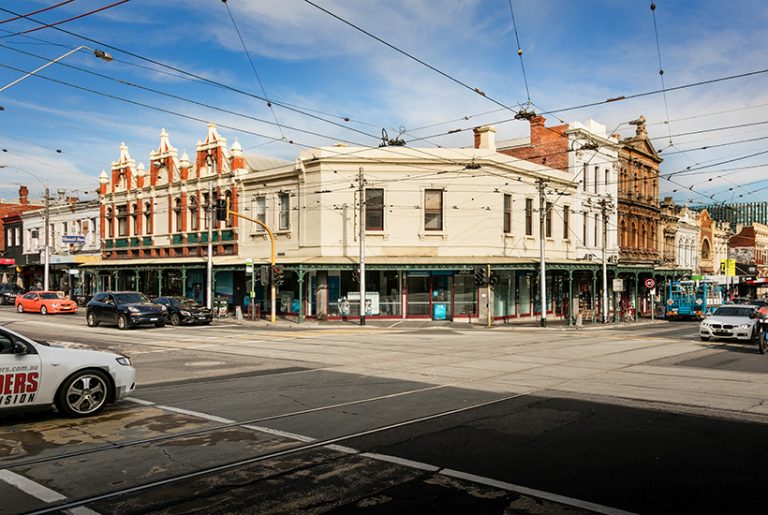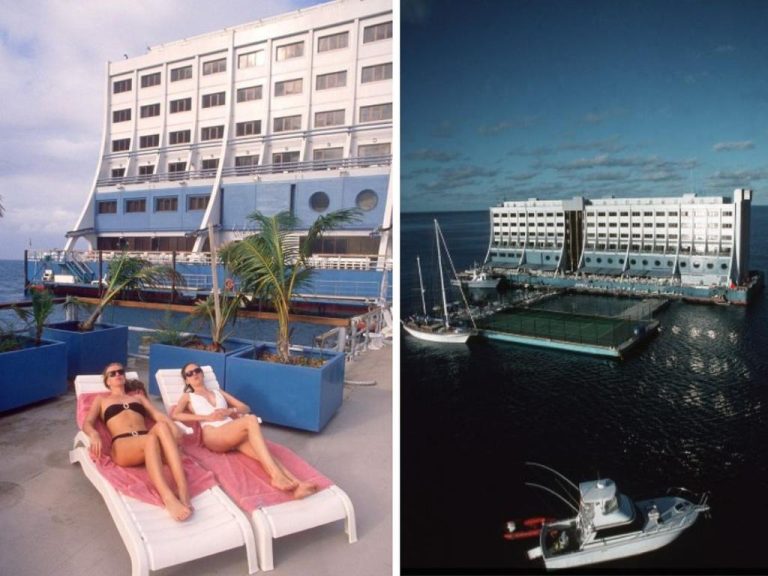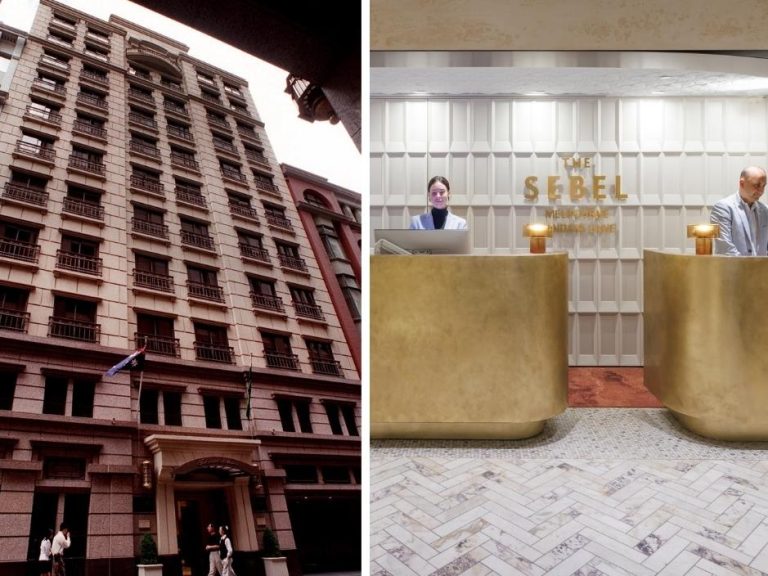Eyesore or iconic? The world’s ‘ugliest’ and most divisive buildings

Buildings don’t have to look good to become iconic – designs can be famous for all the wrong reasons, and black sheep can be loved and derided in equal measure.
People often attribute ‘iconic’ to structures that have notable attributes, heights, or sizes, according to Dario Spralja, principal in commercial at Australian architecture and design studio Architectus.
“Perhaps they are a departure from their context and stand out in a jarring manner,” Mr Spralja said.
Every building has a purpose. Some aim to be modest with a minimalist footprint, while others aim to put the architect, client, or location on the map.

Spain’s Guggenheim Museum Bilbao was considered hideous when built but is now a beloved icon. Picture: Getty
The Guggenheim Museum Bilbao in northern Spain, the Centre Pompidou in Paris, and the Millenium Dome in London were considered visually appalling in their day, but all three have endured to become modernist icons of their cities, he added.
“Buildings have a responsibility to the city, both in what they take and what they give,” he said. “Sometimes controversy is a vehicle to an end.”
Here are seven notoriously ‘ugly’ buildings that have altered their cities — for the better or worse.
432 Park Avenue, New York
New York’s supertall residential ‘toothpick’ building, known as ‘432 Park Avenue’, juts awkwardly out of Midtown Manhattan.

The structure hardly blends into its surrounds. Picture: Getty
For context, at 425.5m tall, it dwarfs Sydney Tower at 309m.
Its luxury apartments sell for tens of millions of dollars, yet not everyone is enamoured with the building.
The 96-floor skyscraper not only appears staggeringly thin, exposed and slightly unwieldy, it’s become a garish symbol of ultra-wealth.

Inside of the luxury apartments at 432 Park Avenue in New York. Picture: 432 Park Avenue
It also has its internal faults, having garnered a reputation for creaking, floods, and other supposed design flaws.
Žižkov Tower, Prague
Designed in the 1980s, this hi-tech TV tower was built to soar above the skyline of Prague’s traditional old town like a rocket from the future.

Zizkov Television Tower certainly makes a strong impression. Picture: Getty
Prague is known for its often-bizarre public art so perhaps the conflict is the point, but even more perplexing are the 10 fibreglass babies who crawl up and down Žižkov Tower, their faces replaced by barcodes.
Locals once resented the tower but now seem to have warmed to it, partly because it attracts plenty of visitors to the city.
Who says money can’t buy love?
Ryugyong Hotel, Pyongyang
This huge triangular structure commands a spooky presence overlooking the North Korean capital, mainly because its 105 storeys are completely devoid of human life.

Ryugyong Hotel looms large over Pyongyang. Picture: Getty
Despite construction starting in 1987, Ryugyong Hotel has never hosted a single guest, the building remaining incomplete due to North Korea’s economic woes.
Now it’s simply used to beam LED light shows onto the city during propaganda events.
‘The Hotel of Doom’ remains a source of international fascination but to Pyongyang locals, their city wouldn’t be quite the same without it.
Lincoln Plaza, London
Dubbed “Britain’s worst new building of 2016”, this high-rise residential tower block near Canary Wharf in East London was celebrated as such by controversial annual architecture prize The Carbuncle Cup.

London locals were not fond of Lincoln Plaza when it popped up. Picture: Gapfall/Wikimedia Commons
Designed to be a modernist landmark, it features geometric cladding of different colours and projecting glass balconies.
One judge described Lincoln Plaza as “cheap” and “frenzied”, but developers Galliard have defended their creation.
Quoted in the BBC, they said “architectural design is art, a matter of personal tastes”.
Aoyama Technical College, Tokyo
A product of 1990, this huge, multi-storey building boasts a design that could be based on a children’s Transformers toy, or equally an insect or a motorbike.

The building occupies a (Optimus) prime location in Tokyo. Picture: Getty
Aoyama Technical College appears as if on an angle and displays a hotchpotch of shapes and colours, while its location on a narrow street rammed in by other buildings makes it look even more chaotic.
Architect Makoto Sei Watanbe seems to be proud of the reaction and has been quoted widely as saying: “Architecture ought to be something capable of moving people’s hearts and giving them a physical thrill in a way possible in no other art.”
Simmons Hall at the Massachusetts Institute of Technology, Cambridge
This undergraduate dormitory is a large reinforced concrete block perforated with tiny square windows that for hundreds of students has been their first home away from home.

It’s hardly subtle, but the building is certainly a talking point. Picture: Daderot/Wikimedia Commons
Nicknamed ‘The Sponge’, opinions on the design of Simmons Hall seem strongly divided.
The building has won plenty of awards, but others consider it downright heinous.
But controversy can create icons, and the campus celebrity is reportedly visited by thousands of architects and architecture students every year.
Blues Point Tower, Sydney
Completed in 1962, this concrete framed apartment building could well be Sydney’s most hated building.

Blues Point might just be Australia’s most divisive building. Picture: Getty
The detest in part derives from its enviable location at McMahons Point, a stunning slice of harbour foreshore with front row views of the Harbour Bridge.
Architect Harry Seidler’s vision was to design numerous apartment blocks in the suburb, all with harbour views, but due to public opposition to the tower, the rest were never built.

Inside an apartment in Blues Point. Picture: realestate.com.au/sold
Sydneysiders claim the tower is inappropriate to its surroundings, with many calling for its demolition over the years.
But in 1993, North Sydney Council added the building to its local heritage register.







